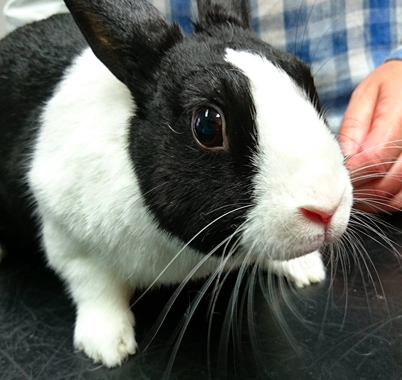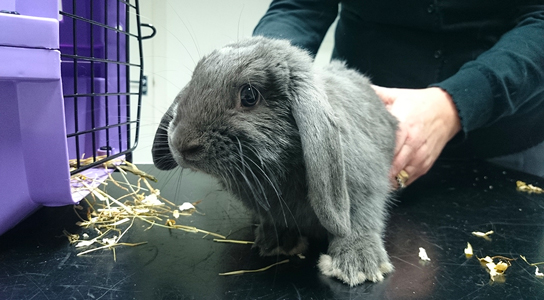Rabbits are highly social and kept on their own get lonely and stressed. Companionship is so important when it comes to rabbits so please ensure you have considered this before buying a pet rabbit.
Vaccinations give rabbits protection against life threatening diseases such as Myxomatosis and viral haemorrhagic disease (RHD) which are almost always fatal.
Male rabbits can be neutered around 4 months of age. This not only prevents unwanted babies but can also reduce aggression and urine spraying, both linked to hormones. Female rabbits can be spayed around 4 months of age and most importantly this will dramatically reduce the risk of your rabbit developing cancer if the uterus.

It is important to brush your rabbit regularly, checking for signs of illness and also remember to keep a good eye on their dental health. All of these actions also provide your rabbit with some much needed socialising.
If you have any concerns at all or need advice on appropriate food, shelter and behaviour please book an appointment to speak to one of our knowledgeable team.



